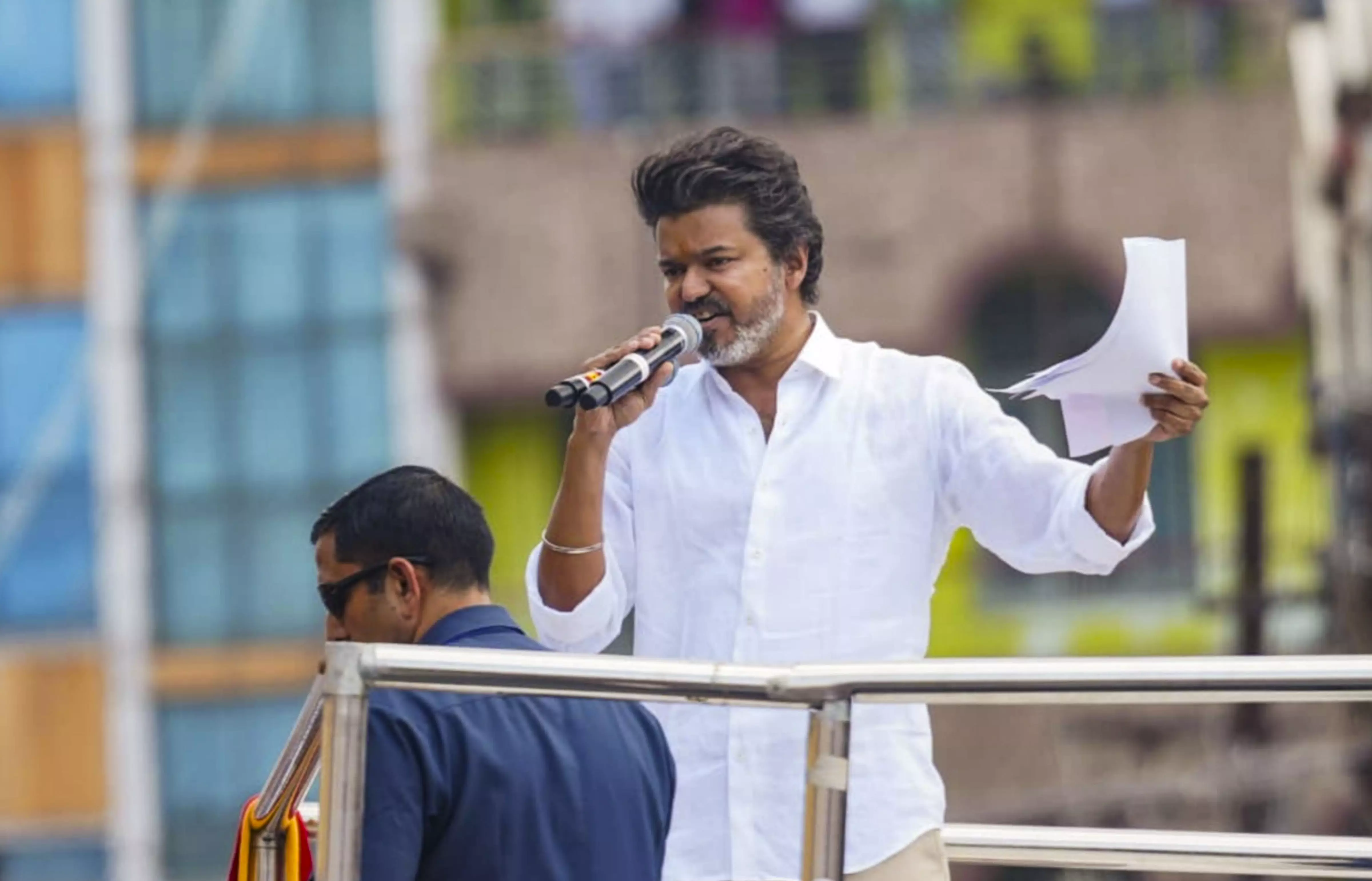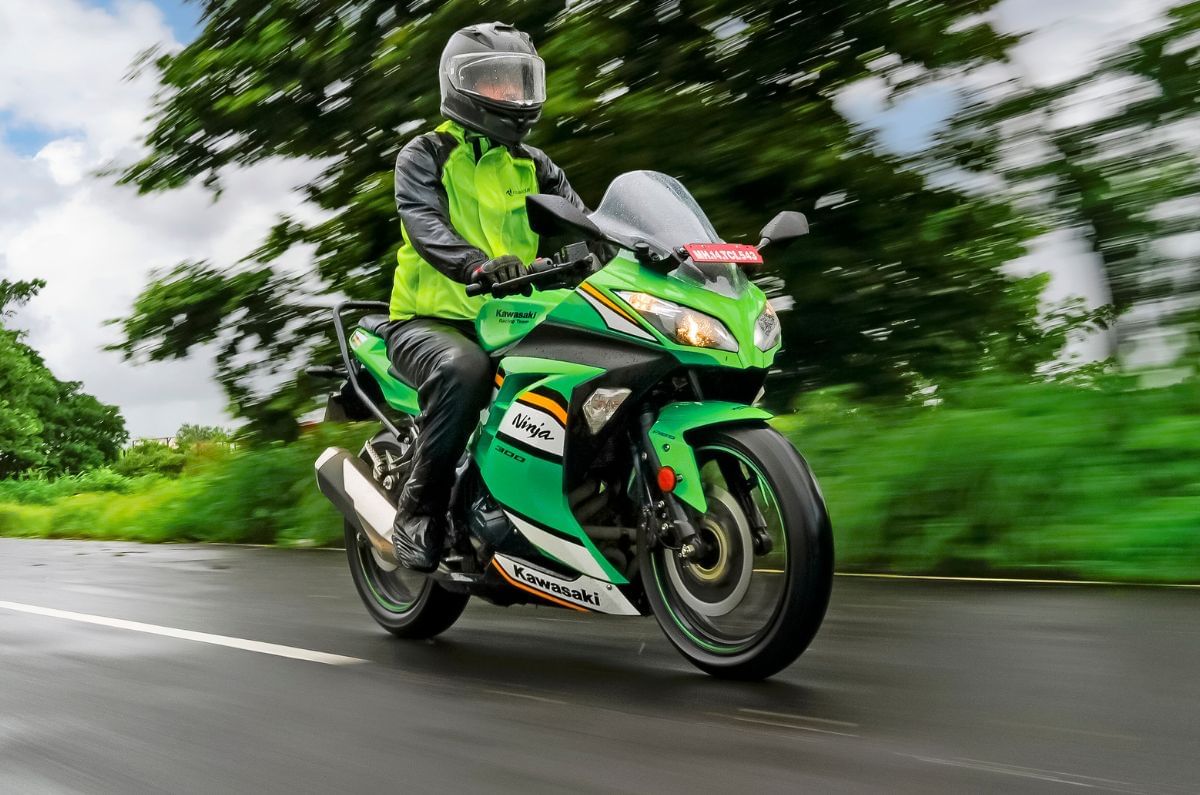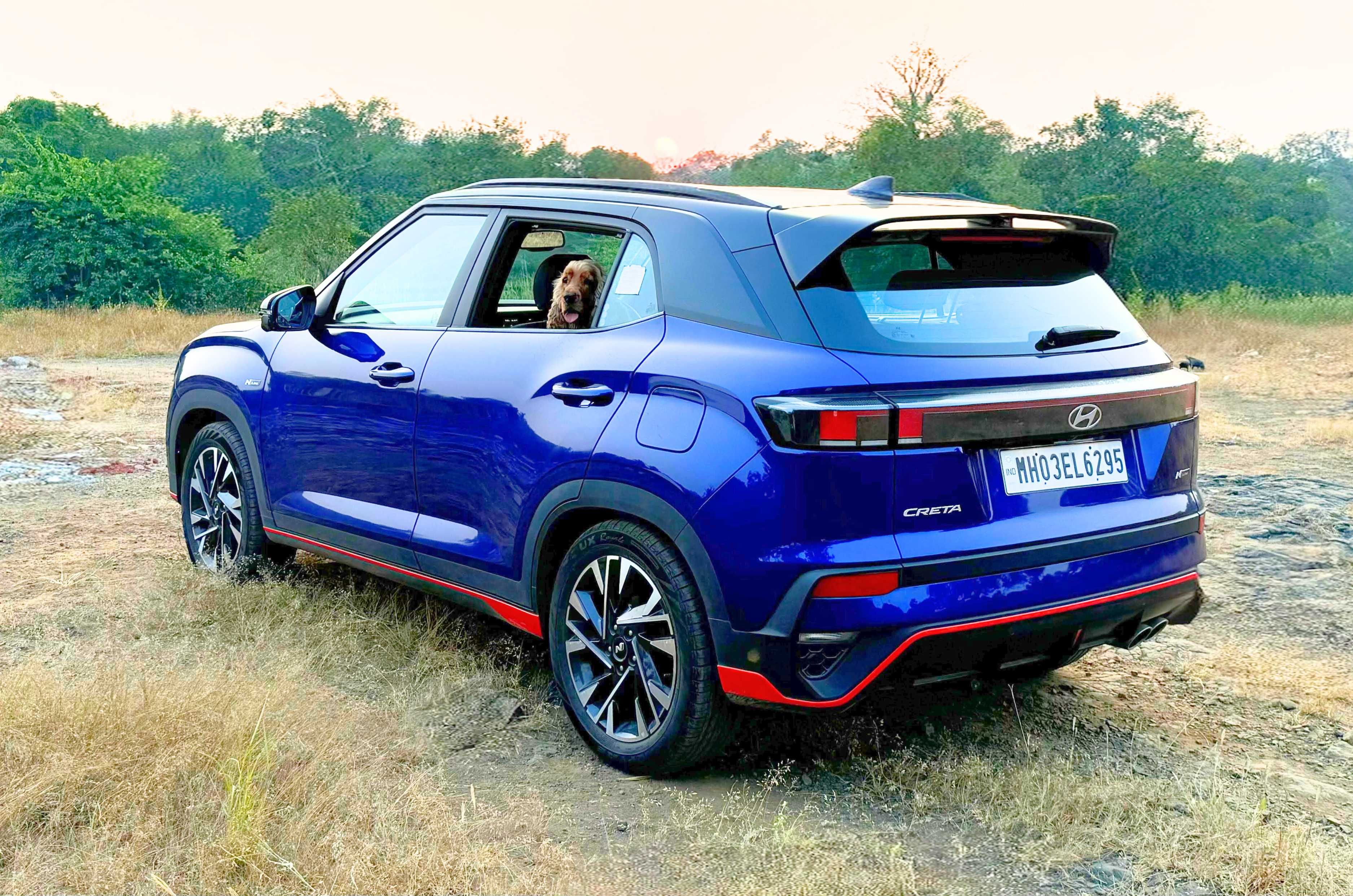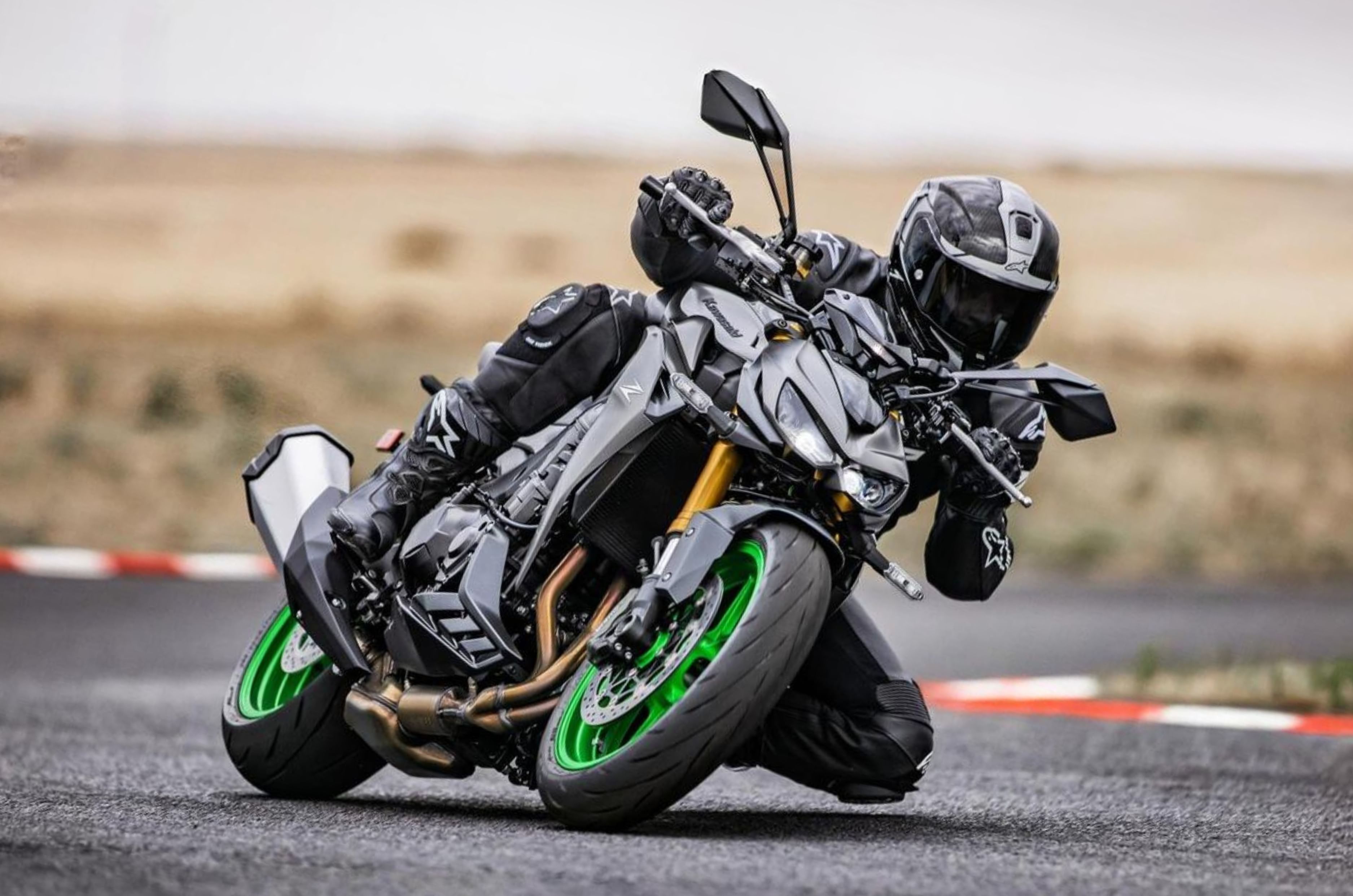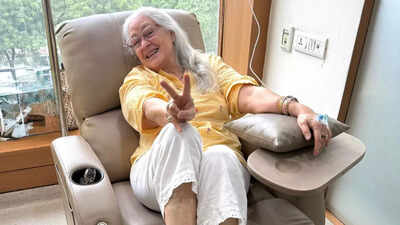In a nostalgic, almost comforting echo of console wars gone by, Nintendo has recently been facing pugnacious challenges from old rivals on its game-genre home turf. Last year, in Astro BotSony made its first Nintendo-tier platformer after 30 years of trying. And now, in a classic rematch of the mascots, Sonic is coming for Mario once more. The word is that Sonic Racing: CrossWorlds is a legitimate challenger to Mario Kart’s crown, perhaps the closest rival yet in the Nintendo series’ 33-year hegemony over the genre it created. Is there anything to it?
In a word, yes; Sonic Racing: CrossWorlds is excellent. After a wobbly start for the ambitious Switch 2 launch title Mario Kart WorldSega’s social media team smelled blood in the water and called Nintendo outreigniting the old rivalry. They must have known they were sitting on something special. CrossWorlds is a razor-sharp racing game that excels in areas where Mario Kart World is slightly off the pace: outright speed, customization, economy, and focus.
Is it better? I’m not sure. (It certainly can’t touch the still-peerless Mario Kart 8 Deluxe.) If anything, I’d call it complementary. Sonic Racing: CrossWorlds and Mario Kart World are as far apart as two almost identical games in an extremely narrowly defined genre can be. They’re as distinct in their whole aesthetic and philosophy as… well, as Nintendo and Sega.
This might be the most joyful thing about CrossWorldsactually: It is very Sonic and extremely Sega. Sega, the maker of Out Run, Daytona USA, Sega Rallyand countless others, was once the undisputed king of arcade racing. But, give or take an occasional Initial D arcade cab, its internal Japanese teams haven’t made a racing game in a very long time. (Prior to this, the pretty decent Sonic Racing games were made by Sumo Digital in the U.K.)
CrossWorldson which developer Sonic Team was assisted by members of the Initial D team, absolutely scratches that long-unscratched itch. It’s blindingly fast and aggressively colorful, with manic, sugar-rush music, and a hard-edged, trebly sound mix dominated by the unmistakable chime of Sonic rings. The racing is slick and moderately technical, characterized by almost constant boosting and that magnetically sticky Sega drifting style. It’s the real deal, and it’s great to have Sega back in the racing game mainstream.
The boosting really is relentless. As in Mario Kart, you build up boost by drifting, busting out tricks when airborne, and hitting the liberally placed boost pads, while picking up rings increases your top speed. But the boosts themselves are much more aggressive, and both the pace of the racing and the dense track design are such that you’re often having to choose between boosting opportunities — especially considering that tricks require taking your thumb off the accelerator button to flick the right stick. But it’s exhilarating too, especially when the screen blurs from the huge accumulation of speed.
It’s a lot to keep up with, and there’s plenty to absorb your attention off the track, too. The racers — mostly Sonic characters, but including some wildcards like Hatsune Miku — each have their own stats, as do the vehicles and individual customization components. As you progress, you’ll unlock more parts, perks, and perk slots that you can use to complement or counterbalance the stats of your racer and vehicle. Sonic Racing: CrossWorlds is a racing game with character builds; you’re more likely to finesse your favorite combo over time than jump around the roster to sample different flavors as in Mario Kart. (At least, that’s how I play Mario Kart.)
On the track, it’s positively frantic, with the crazed atmosphere heightened by the portals that warp you to a different track for the second of the three-lap races, and the Fever rounds that supercharge the boosting techniques. Mario Kart World feels almost stately by comparison, even before you consider the long straightaways of the point-to-point races that have been so controversial.
But that doesn’t mean Mario Kart World is a less technical, involved, or refined racing game. Far from it. Nintendo’s game has CrossWorlds licked in a couple of significant areas: track design and physics. CrossWorlds’ courses are fast, eventful, and layered, but lack the breathtaking complexity and variety of the Mario Kart World suite. When you take into account the rail-grinding and wall-riding techniques in Worldand how they interact with the course geometry in an almost platform-game-like way, the Mario Kart courses reveal a lasting depth (especially in time trial) that the Sonic game’s tracks can’t match. And if Sonic Racing: CrossWorlds’ exuberance lets it down anywhere, it’s in the physics, which have a slippery, lightweight feel and can be distressingly erratic. Mario Kart World feels more grounded and predictable, with a delightfully tactile feel to the way the racers interact with the road surfaces.
But perhaps this is an aesthetic choice, anyway; it certainly chimes with the two developers’ house styles. Sonic Racing: CrossWorlds is a bright, digital spectacle, an intoxicating rush of pure, uncut video gaming. Mario Kart World is a toy-like pocket universe you feel you can reach into the screen and touch. They are the very essence of Sega and Nintendo. Which you prefer will be down to taste, or perhaps to deeply embedded, partisan loyalty. But they’re both a joy.
Sonic Racing: CrossWorlds is out now on Nintendo Switch, PlayStation 4, PlayStation 5, Windows PC, Xbox One, and Xbox Series X. A Nintendo Switch 2 version is planned.






